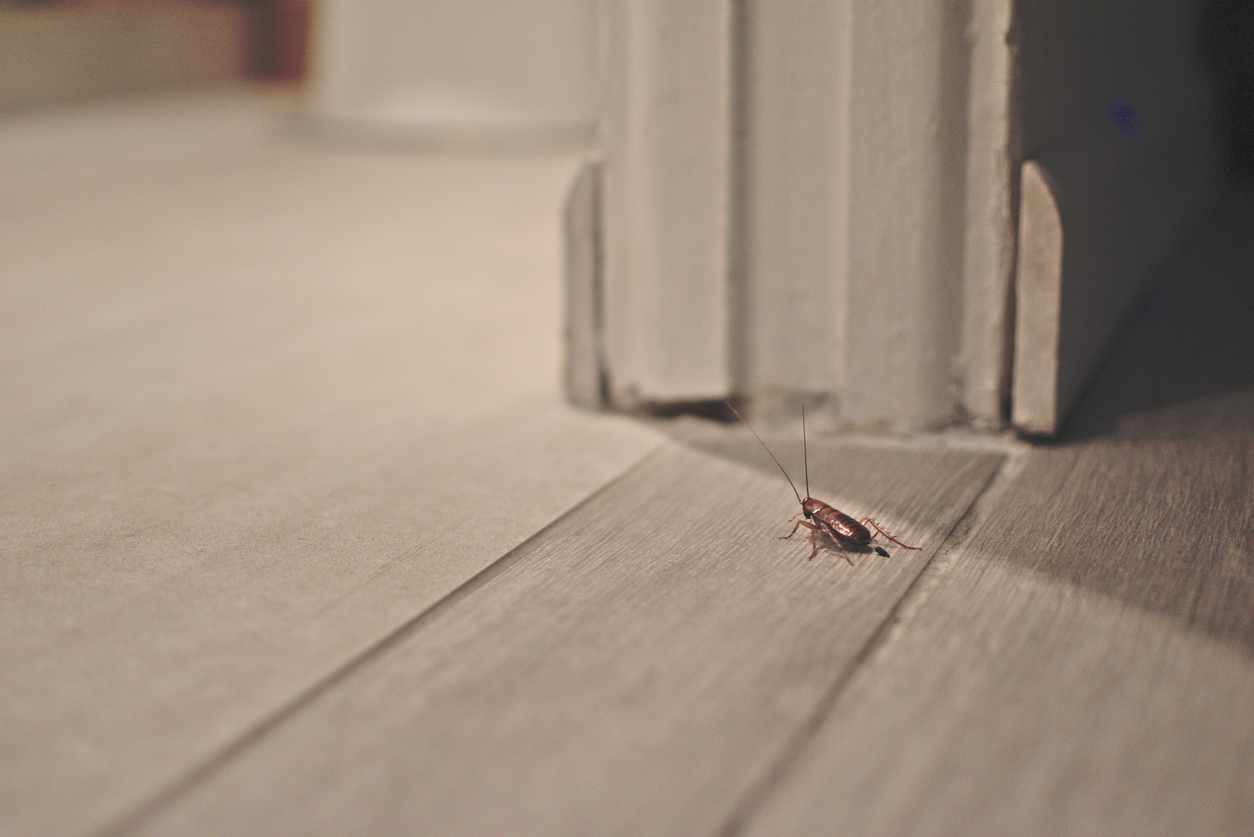How Cockroaches Conquered the World
Cockroaches have long been unwelcome companions of humanity, with their presence synonymous with nuisance and health risks. Among them, the German cockroach (Blattella germanica) is particularly well-known. Its exact origins have long been a topic of debate and speculation. A recent study has shed light on this mystery, revealing that this species may have first appeared in India or Myanmar before migrating westward.
A Noteworthy Cockroach
Cockroaches are a diverse group of insects comprising numerous species, but the German cockroach is one of the most widespread and problematic. It is found in human dwellings, restaurants, and other built environments where it thrives in warm and humid conditions. Present on every continent except Antarctica, this species often hides in cracks and crevices, contaminating food and spreading bacteria such as salmonella and E. coli that can cause illness.
The Spread of the German Cockroach
Historically, the German cockroach was first described in Europe in the 18th century. This European discovery led to a false association of this species with the continent. However, recent genetic analyses have revealed that the German cockroach has no close relatives in Europe. Studies show that its closest relatives are found in Asia, specifically the Asian cockroach (Blattella asahinai), originating from the Bay of Bengal region.
Researchers used genomic markers to analyze 281 samples of German cockroaches from seventeen countries worldwide. This genomic approach has allowed the reconstruction of the evolutionary history and migration routes of this species. The results indicate that the German cockroach evolved from the Asian cockroach over 2,000 years ago, likely in India or Myanmar.
The divergence between these sister species coincided with periods of environmental changes and human activities that facilitated their dispersion. In particular, the domestication of the German cockroach appears to have been influenced by human habitats offering favorable ecological niches for their development.
The study reveals that German cockroaches then spread westward around 1,200 years ago. This movement continued over several centuries, eventually reaching Europe and more specifically Germany about 250 years ago.
The rapid spread of this species over the past centuries is largely attributed to advances in transportation and favorable living conditions created by humans. Ships, trains, and later airplanes have allowed these insects to travel long distances and establish themselves in new territories, while temperature-controlled dwellings, such as heated buildings, have provided ideal environments for the survival and reproduction of this species.
This new understanding of the origins and spread of the German cockroach has significant implications for the management of this pest species. Knowledge of its Asian roots and migratory path can help develop more effective control strategies. Targeting entry points and migration routes could limit future spread.
Furthermore, studying functional genomics could reveal specific vulnerabilities of the German cockroach. This information could be used to design more effective insecticides or alternative control methods, reducing resistance to current chemical treatments.
The resolution of the mystery of the origins of the German cockroach through genomic studies marks an important step in understanding this pest species.




